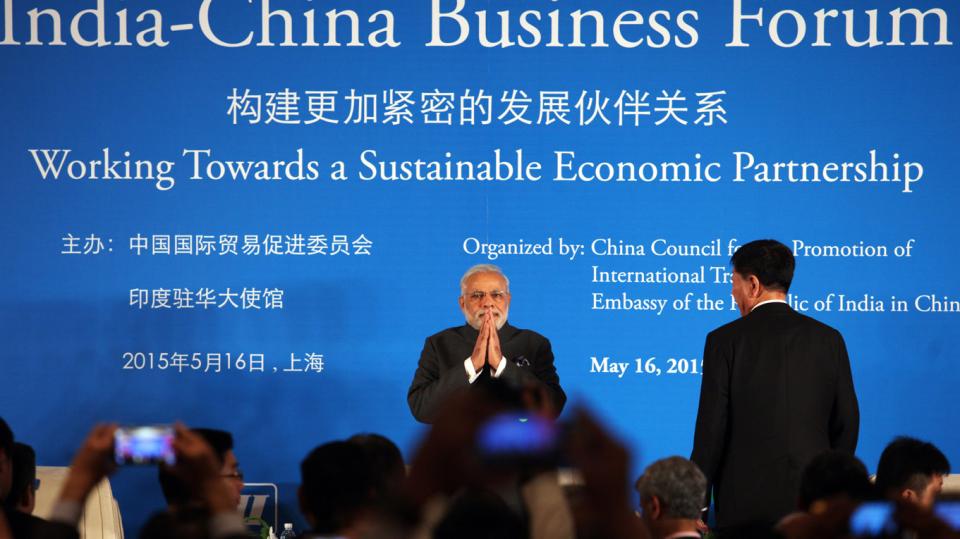Investors flocking to growing neighbor need to tackle serious issues
India is attracting the fastest growing amount of Chinese investments among major economies, but investing in India has been particularly difficult due to legal, cultural and social obstacles, according to a report by the Pangoal Institution, a Beijing-based private think tank.
Leading Chinese enterprises, such as Wanda, Alibaba and Haier, are all active investors in India, the report said, with investors drawn to three areas in particular: industrial parks, the Internet industry and manufacturing industries including home appliances and construction machinery. Industrial parks alone have attracted more than $15 billion from Chinese investors, the report said.
The report describes three other areas as the next investment hot-spots for Chinese companies: infrastructure and energy, consumer goods, and health care. Inefficient railway systems and inadequate energy supply are among the major factors that threaten India’s economic growth. Solving them is a government priority, highlighting great potential for investments.
Given its current economic growth rate, India is expected to have a middle class population as large as 200 million by 2025, creating a huge consumer market that will draw huge foreign investment in areas like real estate, automobile and home appliances. India’s leading role in the pharmaceutical sector also means a great opportunity for Chinese investors as China’s aging population generates a huge need for health care.
But according to the report, a series of problems, such as unstable water and electricity supply, insufficient transportation, ineffective legal procedures, government corruption, and a lack of enthusiasm among workers are challenging Chinese investors in India.
The report suggests that Chinese companies concentrate on sixl aspects to tackle the Indian market: drop expectations for quick money; localize sales strategies and get closely involved with local communities, NGOs and media; build vocational schools to train workers; invest more in brand-building; invest in locations with the most potential such as India’s “silicon valley” of Bangalore; and improve the work flow.

 Old Version
Old Version